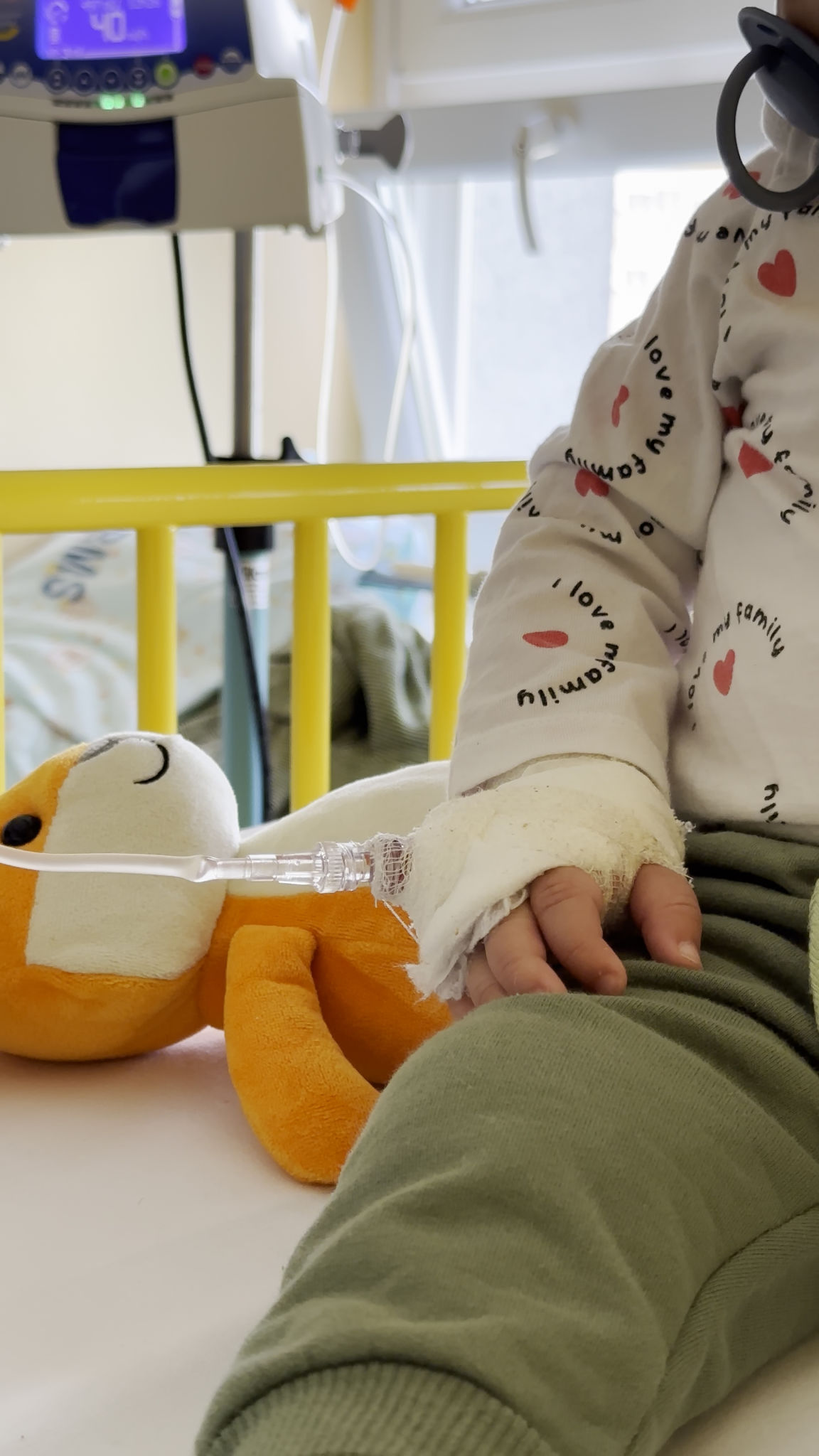Case Study: Successful Rodent Control in a Pasir Gudang Warehouse
Introduction to the Rodent Control Challenge
In the bustling industrial hub of Pasir Gudang, warehouses are integral to the smooth operation of logistics and supply chains. However, with large inventories and constant movement, these facilities often face challenges like rodent infestations. One such warehouse encountered a significant rodent problem, threatening not only their inventory but also their reputation.
Rodents can cause extensive damage to goods and property, and they pose serious health risks. Addressing this issue required a well-structured and effective approach. This case study explores how a strategic pest control plan successfully managed and eradicated the rodent problem in a Pasir Gudang warehouse.

Assessment and Planning
The first step in tackling the infestation was conducting a comprehensive assessment of the warehouse. The pest control team identified key areas where rodents were most active, including storage areas, loading docks, and waste disposal sites. This evaluation helped in understanding the severity of the problem and in formulating a targeted plan.
A customized pest management strategy was developed, focusing on both immediate eradication and long-term prevention. This plan included a combination of trapping, baiting, and exclusion techniques tailored to the specific needs of the warehouse.

Implementation of Control Measures
The implementation phase involved setting up traps and bait stations strategically throughout the warehouse. The pest control team used environmentally safe products to minimize risks to humans and non-target animals. Regular monitoring ensured that any rodent activity was quickly detected and addressed.
Alongside these measures, structural modifications were carried out. Sealing entry points and improving sanitation practices were essential steps in preventing future infestations. Staff were trained on best practices for maintaining a rodent-free environment, further supporting the control efforts.
Monitoring and Maintenance
Following the initial control measures, consistent monitoring played a crucial role in maintaining a rodent-free environment. The pest control team conducted regular inspections, ensuring that all traps and bait stations remained effective and operational.
Reports were generated to track progress and identify any areas requiring additional attention. This ongoing vigilance was key to sustaining the success achieved with the initial interventions.

Results and Success Metrics
The results of this comprehensive approach were remarkable. Within a few months, the warehouse reported a significant reduction in rodent activity. Inventory damage decreased dramatically, and employees noticed a healthier work environment.
Key success metrics included the number of rodents captured, the decline in reported sightings, and the absence of contamination in goods. These indicators confirmed that the pest control plan was effective and sustainable.
Long-Term Prevention Strategies
To ensure lasting success, the warehouse implemented long-term prevention strategies. Regular maintenance of pest control systems, ongoing staff training, and continuous monitoring became integral parts of their operations.
Furthermore, maintaining open communication with the pest control provider ensured that any emerging issues could be swiftly addressed. This proactive approach not only preserved the integrity of the warehouse but also safeguarded its reputation and operational efficiency.

Conclusion
This case study illustrates how a well-executed pest management plan can effectively resolve rodent infestations in large-scale facilities like warehouses. By combining immediate action with preventive strategies, the Pasir Gudang warehouse successfully protected its assets and maintained a safe environment for its employees.
For warehouses facing similar challenges, adopting a tailored approach that includes assessment, targeted intervention, and continuous monitoring can yield significant results. Such strategies not only combat current infestations but also prevent future occurrences, ensuring smooth and efficient operations.
